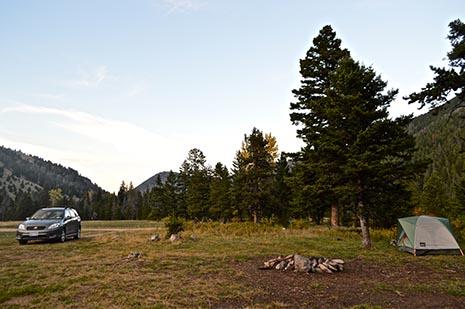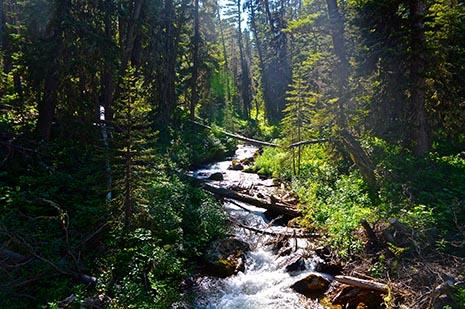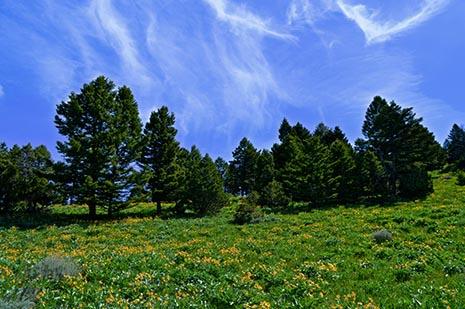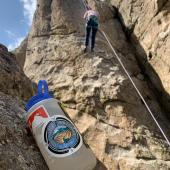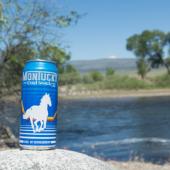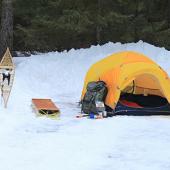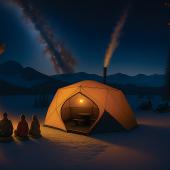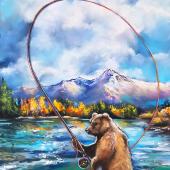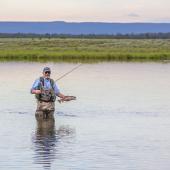Oh, the Places You'll Go
Redefining exploration.
A few weeks ago, I read a quote: “Before it was your favorite place, it was a place you’d never been.”
I paused to reflect.
I’ve committed much of my life to outdoor pursuits. Over the last decade I’ve rock-climbed, fly-fished, and trekked on six continents, lived out of my car for years, spent four summers on the polar ice caps, and moved obsessively between mountain ranges. Yet in this short time of living in the dirt and snow and wind, the places where I used to encounter quietude—the parched canyons, craggy ridgelines, and wind-ravaged summits—now feel overrun. There are more people venturing outside to reap the benefits of calm landscapes, the exhilaration of physical movement, and the timelessness discovered in wild spaces. Nevertheless, I’m concerned that getting outside is losing a once-pervasive quality of exploration. Fewer people seek the rewards of meeting the unfamiliar, and in frequenting what we know, we not only devastate the places that we once loved with our trucks and dogs and tents, but we shortchange ourselves the possibilities of surprise.
Yes, intimacy transpires from returning to a place, observing its colors in autumn and then again in the changing light of spring. But I’ve noticed that a growing number of people go out with the sole intent of summitting a peak, sending a route, or catching a monster fish. Many people declare that it’s the journey not the destination, but sometimes the journey gets carried away in pursuit of a goal. The achievement becomes another tick on the checklist.
There is immense value in accomplishing feats once thought impossible. As a climber, I’ve trained obsessively, absorbed in getting stronger and sending harder routes. I get it: the attainment of a goal can be intoxicating. But this pursuit of personal unknowns depended upon other certainties. I went where I knew there’d be good climbing. There I could push myself. There I could climb harder and be more likely to succeed. I had expectations of that place, built up by friends or guidebooks or past experience. In going there, I minimized my chances of disappointment, but I relied on the exploration of those before me.
These days, the more that I step outside what I know well, the richer my experiences are. It can be frustrating to spend more time driving than playing because a road dead-ends at private property, or more time postholing than climbing because the trail hasn’t melted out. Yet I’ve discovered some of the most stunning unnamed limestone caves on exploratory hikes up quiet drainages, and caught the biggest brown of my life on a river that my partner and I ended up fishing because our plans were foiled by old bus schedules.
Exploring doesn’t necessarily mean going farther, or driving more, or spending more money. It means making the extra effort to look beyond the known. To walk down a new trail to see what’s there. To drive to a green square on the map because the topography looks alluring. There’s a chance that it won’t offer what you expect, but you might see meadows of wildflowers, a grazing moose, and the halting alpenglow of sunset. And occasionally you might just stumble upon the most staggering place you’ve been in years. A place you’ve never heard of. A new favorite place.



